
A square peg in the round hole that is the automotive industry, Mai Ikuzawa has forged a reputation as a creative mastermind, a canvasser for women’s equality, and, perhaps above all, a died-in-the-wool car lover. Classic Driver paid her a visit…
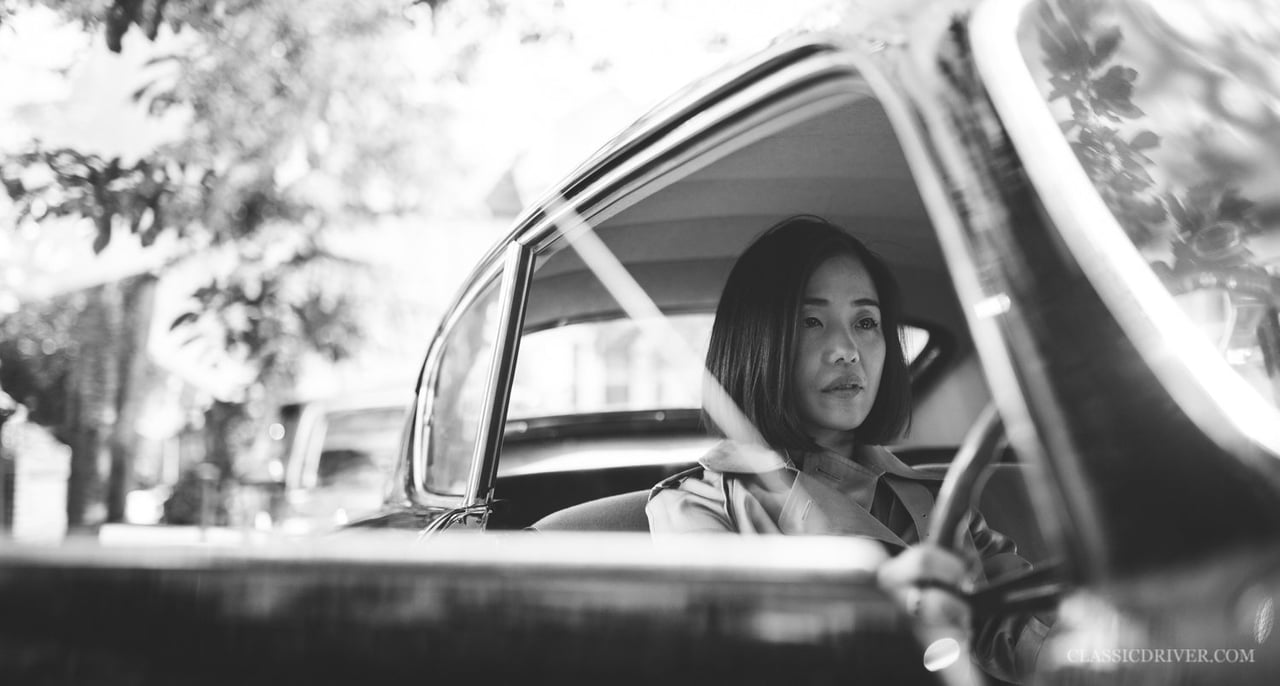
The daughter of Japanese cult motorsport hero Tetsu Ikuzawa, Mai Ikuzawa grew up, quite literally, at the racetracks of Japan and Europe, and while she was resistant to the automotive ‘bug’ at first, a deep appreciation and passion for car culture soon became engrained in her. It’s this, coupled with her creative flair and relentless desire to fight stereotypes and simply have fun, for which Ikuzawa has become so well known in this sphere.
Along with managing her flourishing international creative agency, Bow Wow International (where stunt driving is actually offered as a service), Ikuzawa is a keen skier and balances her time between London and Chamonix. We caught up with Mai during some rare downtime in her neighbourhood of Battersea, accompanied by a rather fabulous Lancia Aurelia B20 GT that’s set to become a star itself at Art Basel this week.
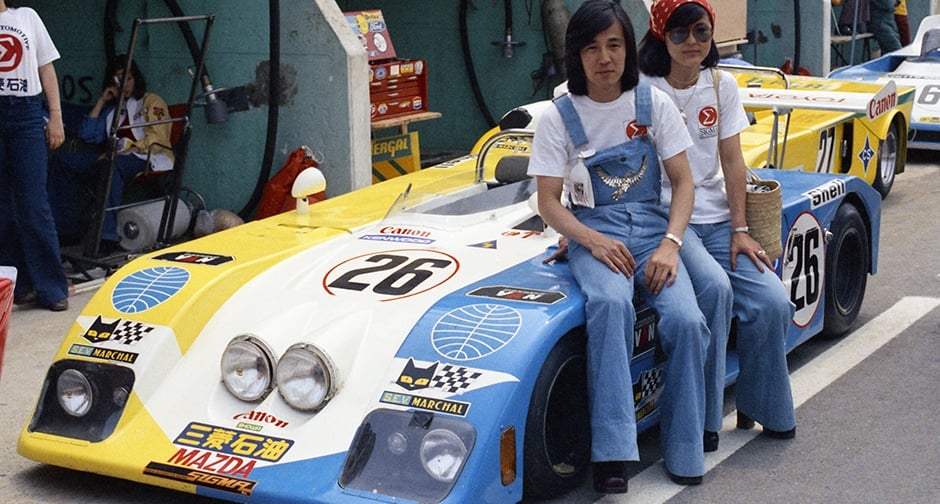
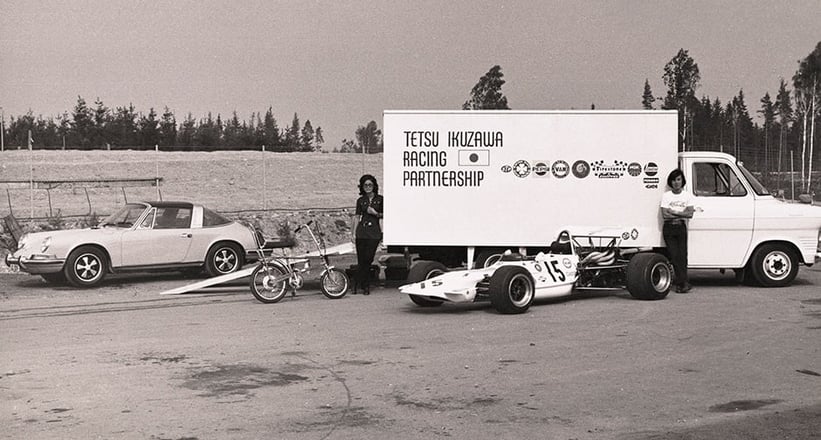

What are your earliest automotive memories?
I remember more about the days spent stuck in a motorhome or hanging out with mechanics than I do of my father actually on the track. Back in those days, motorsport wasn’t so glamorous, and I recall being able to walk freely into any of the pit garages. I guess, because I was my father’s daughter, the mechanics would spend a lot of time mucking around with me or helping me with my homework.
So, your father must have been well liked on the motorsport circuit?
In Japan, the name Ikuzawa was treated in the same vein as Stirling Moss or Jackie Stewart over here. He was very well respected, but he was also very stubborn and not so good at managing his own public relations. The Japanese are typically subservient and very polite — perhaps my father would’ve achieved more of a global status if he’d bowed a little lower. That said, I think racing drivers in general are quite selfish by nature.

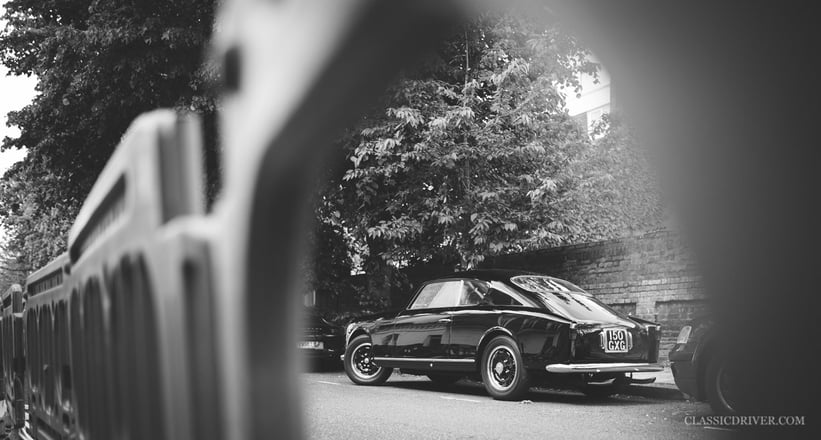
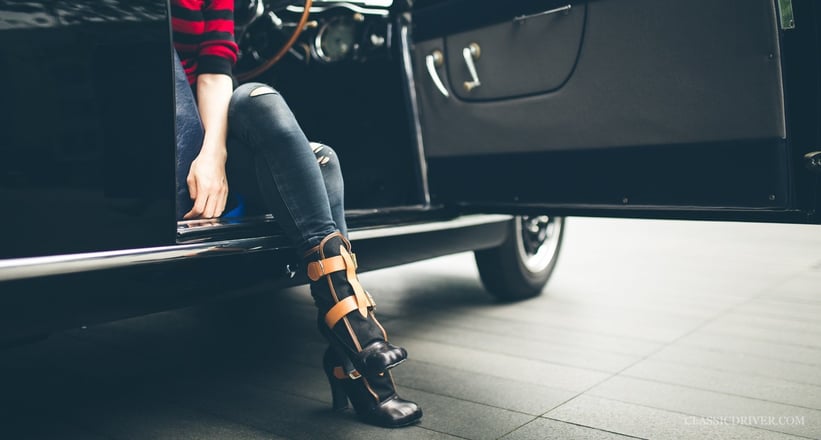
Did you father stay in Europe when he finished racing?
My father stopped racing by the time I was four, but he remained involved in European motorsport for many years and always had a base in London. Because motorsport was his life, we wouldn’t go on ordinary family holidays growing up, but rather drive for hours to visit his engine builder or a motorcycle parts supplier. I hated it at first, because I was a girl and I liked pretty things. But after a while, I began to appreciate the aesthetics and the culture. My grandfather was an artist, and I certainly inherited his creative DNA.
And that’s how you wound up in London?
My father thought it would be a good idea to throw me into a boarding school over here, so I’ve lived in England since the age of nine. I went back to Japan for a couple of years in my twenties, but I always felt like London was my home — everything feels more fluid here. Even the car culture is entirely different.
How does car culture differ between Tokyo and London?
The Japanese love cars and, for Asia, it’s certainly the dominant country in terms of car culture, but it’s very different. Over here, you see people driving their classic cars on a daily basis and the imperfections are very much part of the charm. In Japan, however, everything is perfect. Cars are polished to within an inch of their lives and often stored and not driven. If I drove my Nissan GTR — with all its scuffs and scratches — in Tokyo, they’d think I was a freak!
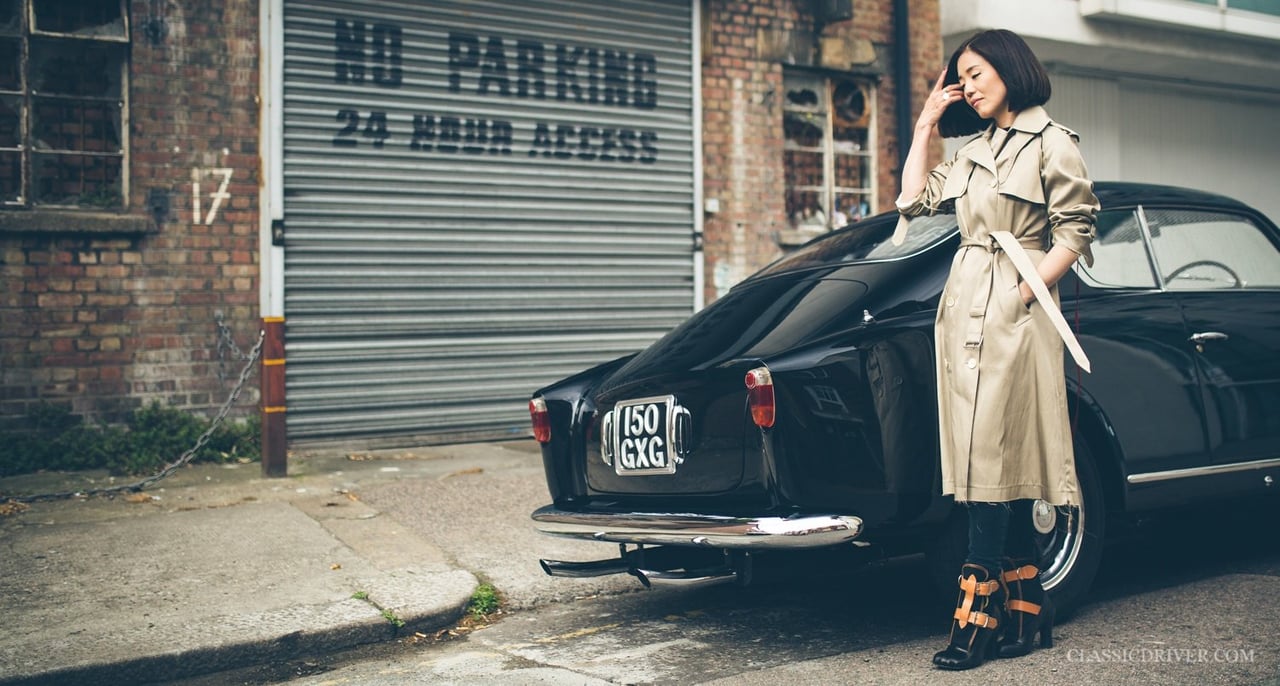

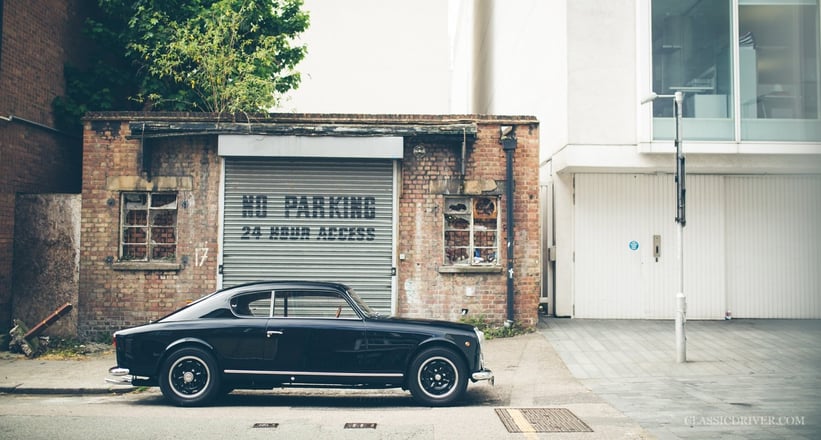
At what age did you get your driving licence?
Funnily enough, my father was really against me driving on the road — he thought it was too dangerous. But I took my test in the UK when I was 18 years old, and my first car was a Smart. I can’t remember if I admired a particular car at the time, but the Smart was so significantly different to everything else on the road, so that’s probably why I bought one. It was actually the worst car ever…
Are you protective of your son in the same way your father was of you?
My partner is a former World Cup and French national team skier and has been a stunt double for James Bond in the past, so my son has naturally inherited this gene. Inevitably, he skis very well already, at six years old, and he loves cars (my husband thinks I’ve brainwashed him). I’d like him to start go-karting for fun next year. My father came over to London last year and the first thing he did was buy him a bicycle…I see the same pattern emerging.
How would you describe your taste in cars?
I’m not your pure petrolhead. I’m not going to look under a car’s bonnet and tell you how much power it’s got. But I’m immersed in the world of people who enjoy cars. I have a very strange taste, and I certainly don’t just like sports cars. At the moment, for example, I’m hunting for a Honda City Cabriolet by Pininfarina and I’ve just sold my bright pink Toyota Celica.
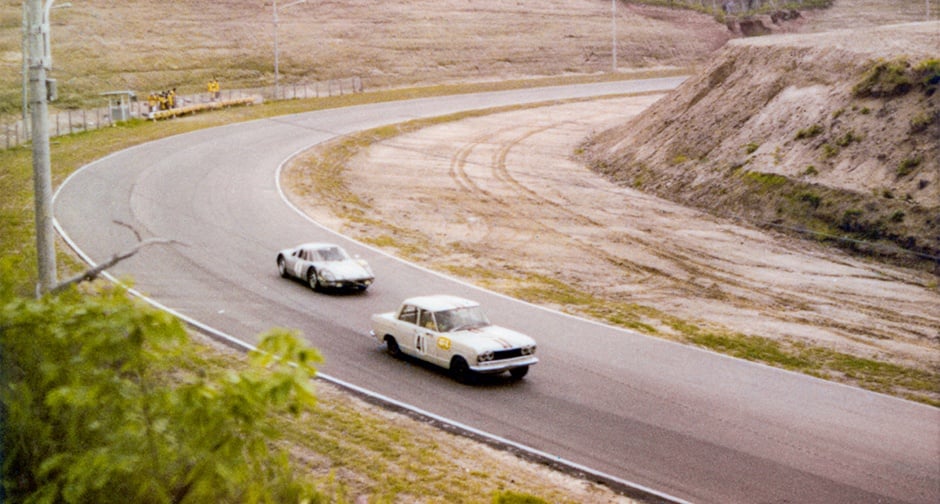
My father is often credited with kindling the legend of the Skyline when he overtook a Porsche 904 in one to take the lead at the Japanese Grand Prix in 1964. When the new R35 was due to be launched, Nissan allowed me to jump the queue and take delivery of one of the very first UK models. I’m still driving it now!
The pink Celica became something of a legend, didn’t it?
I bought that car 15 years ago, when I started working as a consultant for automotive brands. I was in a dilemma, because I didn’t want to arrive at business meetings in something boring. At the time, the Fast & Furious franchise was huge and buying the Celica was the best ironic, parody moment of my life. It had scissor doors and neon lights, but more importantly, it was part of my life. I love cars because you drive them, write their histories, and they become like pets. This pink car was an eyesore, but it had so much press and became so famous.
And what did the people of Chamonix make of it?
They don’t know a lot about cars, but there’s a legend that they thought there was a pink Ferrari in town. Ironically enough, I posted it for sale on Instagram and within four hours it sold to an art gallery owner in Modena!

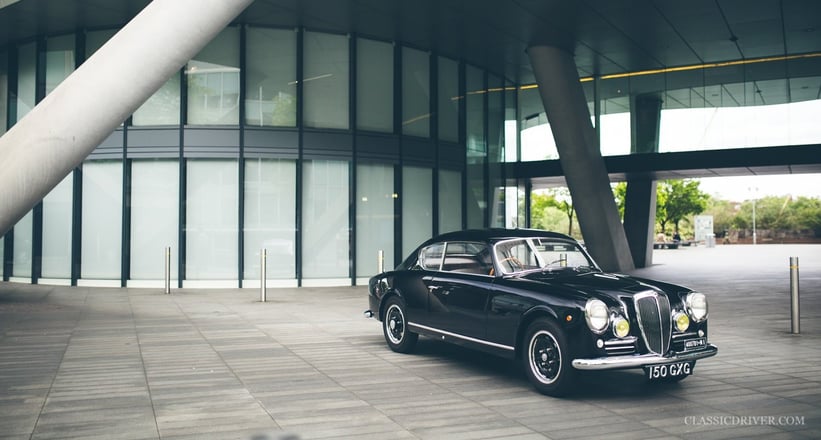
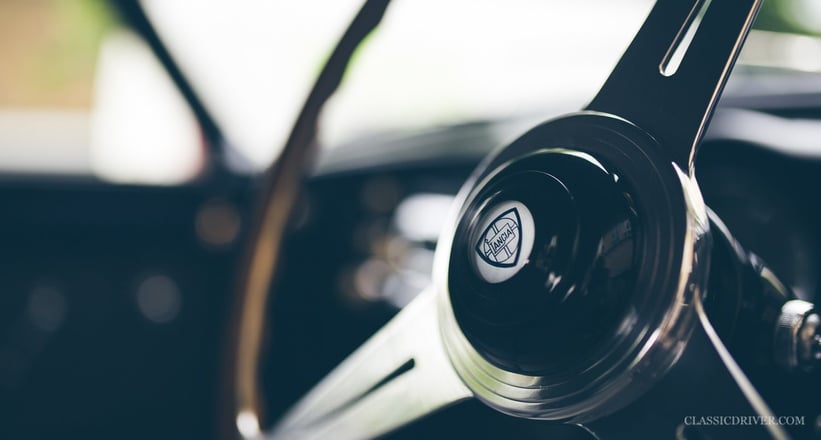
Tetsu Ikuzawa might be your father, but you’ve certainly made a name for yourself as a creative force in this industry — was that a struggle?
I guess my name has helped open doors for me in the past, but it’s nice that manufacturers have wanted to speak to me because I’m different. I’m a woman, for starters, and I approach driving with a completely different focus. Brands are seeing that lifestyle and enjoyment as something they really need to focus on. They’ve captured the petrolheads, but they haven’t found a way to speak to women in the right tone. I’m on Aston Martin’s women only advisory board to assist with its forthcoming projects, which I think is a great achievement for such a masculine company. Independent and high-net-worth women today don’t sit at home asking their husbands which cars we should buy…
How will things change in the future?
The car industry has to change. It’s such a male-dominated industry, probably more so than finance, and I think companies are becoming aware of that. They need to realise that women don’t automatically want small, feminine cars — I didn’t sell my Nissan GTR when I had a baby. I ask a lot of my independent, high-net-worth female friends to pick which cars they like on the street, and they always go for the ones you’d least expect. 

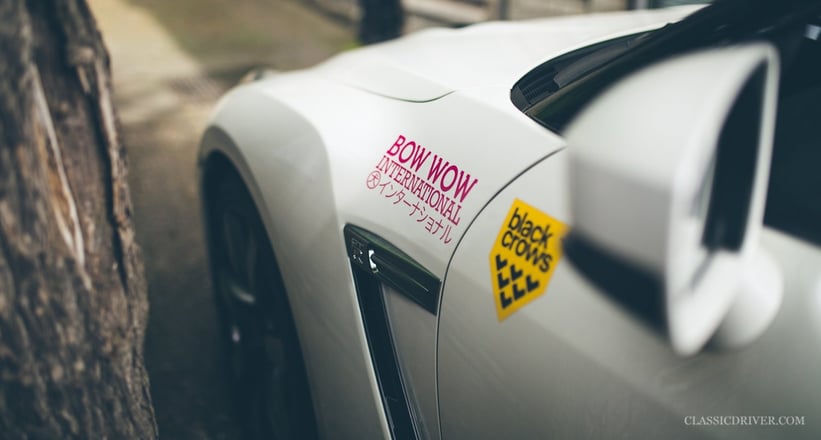
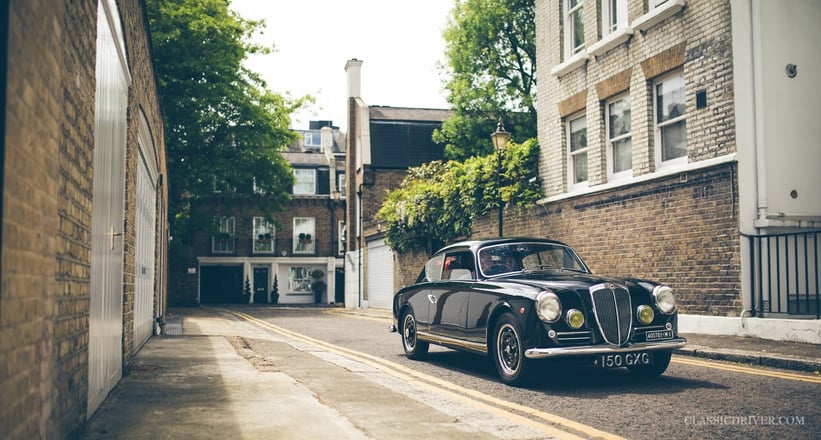
If you had the freedom to create your perfect car from a blank sheet of paper, what would it be like?
The problem now is that fewer cars are about enjoyment. The whole purpose of my friend Kenny Schachter’s #Manual exhibition at Art Basel this week is to celebrate the enjoyment and the sexiness of cars, whereas now it’s all about autonomous and electric technology. I like angular cars, such as the Audi Sport Quattro S1, Lamborghini Countach, Lancia Delta S4 Stradale, Maserati Ghibli, and Renault R5 Turbo, so it would be sharp and linear with simple lines. But I think it’s more about the feeling than the aesthetic. The appeal of classics is that there’s an anxiety attached — will it start, will I get lost, will it break down, etc. It would have to capture some of that spirit. The joy and the freedom you get seems to be only from cars of the previous generation. There is only a small group of us who will feel this nostalgia from ‘proper’ driving, so my car would have to capture that.
What are your criteria for an everyday car?
Japanese, four-wheel drive (for Chamonix), low-slung, manual, and reliable. Japanese cars have always been the underdogs, and I’m a big advocate for them.

Is your father still racing?
He’s been doing some historic Porsche racing in Japan and winning some races. But my theory is that, because honour is everything in Japan, no one’s going to dare to overtake Tetsu Ikuzawa!
Photos: Tom Shaxson for Classic Driver © 2017 / Period imagery courtesy of Mai Ikuzawa
You can find more information about Rove Car’s #Manual exhibition at Art Basel 2017, in which this very Lancia Aurelia will be featured, here. Alternatively, explore a selection of Lancia Aurelias listed for sale in the Classic Driver Market.
